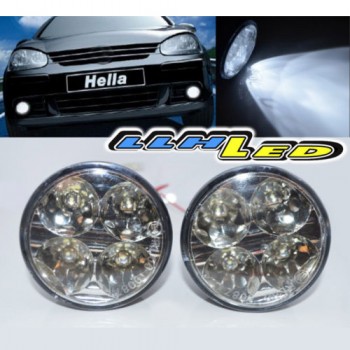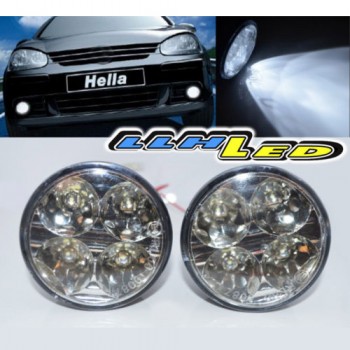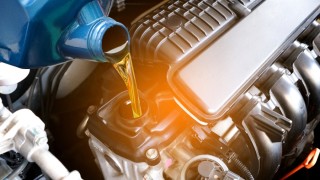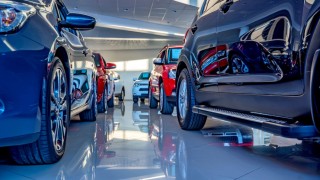Car headlight bulbs too have an unimaginable variety for you to choose from. Headlights aid a driver to see while driving at night or low visibility conditions and are fixed on the front part of the car. Just like the variety of car models that are available in the market, there are as much headlights to fit them all.
In the 1880’s, acetylene fuel used to be popular among individuals for lighting up their lamps. It went so popular mainly because acetylene flame could resist rain and high gusty winds. Electric headlights replaced acetylene fuel lamps by 1904, and created a monopoly in headlight industry. By 1917, an additional lever was fitted in cars to increase or decrease the lights.

Cars utilized filament lamps in the past. Tungsten was used to make filaments of these bulbs. The light was created when electric current passed through the filament of the bulb. The greatest disadvantage of such bulbs is that they break as soon as filament becomes too thin, and can no longer sustain the heat of passing current. The only way to fix this problem was to use thicker tungsten filaments. They would last longer, but also mean much brighter light and more electricity used than thinner filaments.
Tungsten filament technology is also used by Halogen 100W White Car Headlight Bulbs. But the halogen gas filled inside the bulb means longer life for such bulbs. The halogens or often called noble gases help filament regenerate as soon as it is used. These bulbs are quite self-maintained due to this halogen technology, but still they filaments get thinned out from some spots and their life ends when filaments break completely.
Alternative to these filament headlamps are high-intensity discharge (HID) bulbs, which don’t need tungsten filament for operation. These bulbs use a Xenon gas capsule. An electrical charge is created between two electrodes, and an arc of light has been produced just like it happens in a lightning storm. These bulbs are threefold brighter and last longer than their conventional halogen car headlights. If fitted incorrectly, severe blaze is produced, which is quite irritating.
High-intensity discharge bulbs were deemed the most energy saving car lighting systems. But most car owners nowadays, love the most modern White 3528 SMD LED Car Lights because they are known to have the highest efficiency as well as unbeatable reliability and sturdiness. Also, they produce white light instead of yellow light, which is more accustomed to look at.
Temperature is the driving factor in knowing the color of light produced by the lamps. Color changes from yellow, then white and finally bluish white, as the temperature increases. This means that a slight variation of color is produced by each lamp. This can be easily visualized while driving at night on a highway.
Since too high beams may illuminate exactly forward, it may produce too much glare when other cars are on the road. It’s not recommended to use them during rain, fog or snow since water droplets may cause the light to glare too much. Low brightness beams are employed most often, since the headlights are aimed downwards.
Just like there are a variety of car models available in the market, there exist as many types of car headlights. From different colors, sizes to their reliability and life, there are virtually endless possibilities. But one thing is for sure, that LED car lights are most affordable and most functional solution for car headlight applications.



